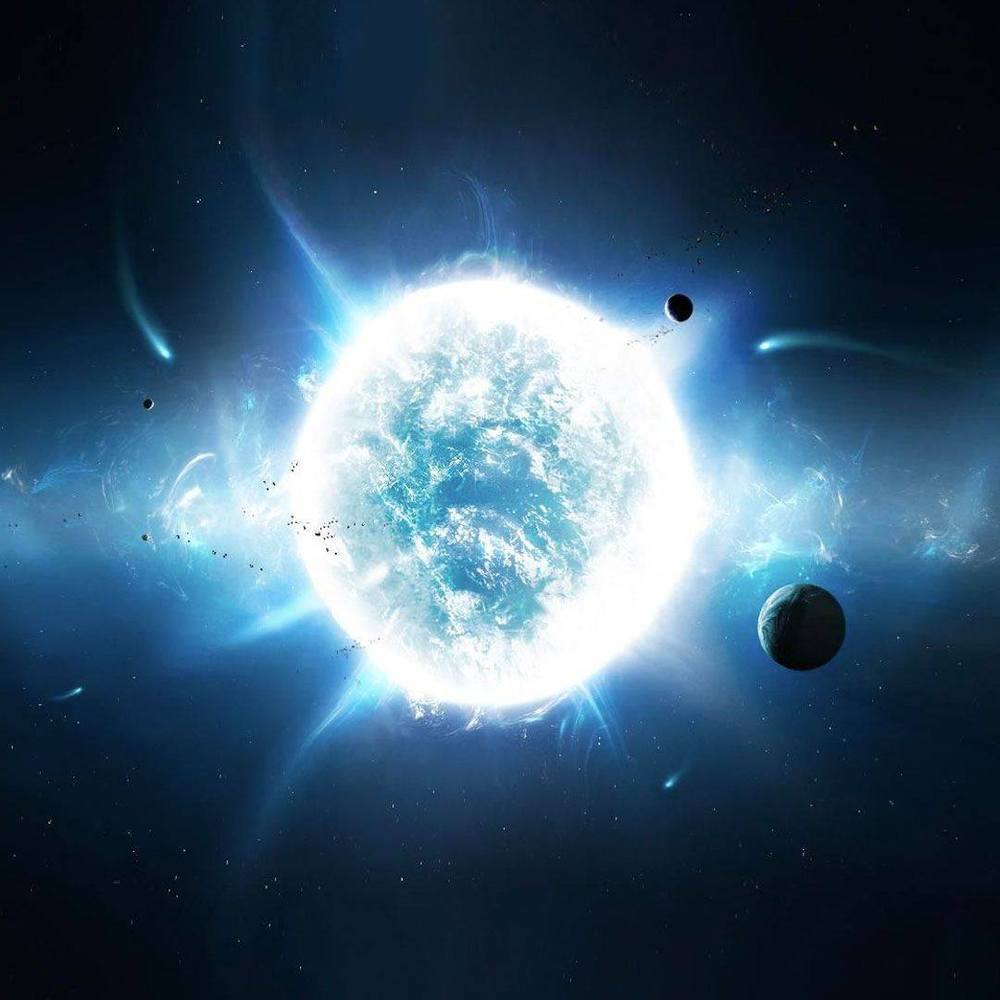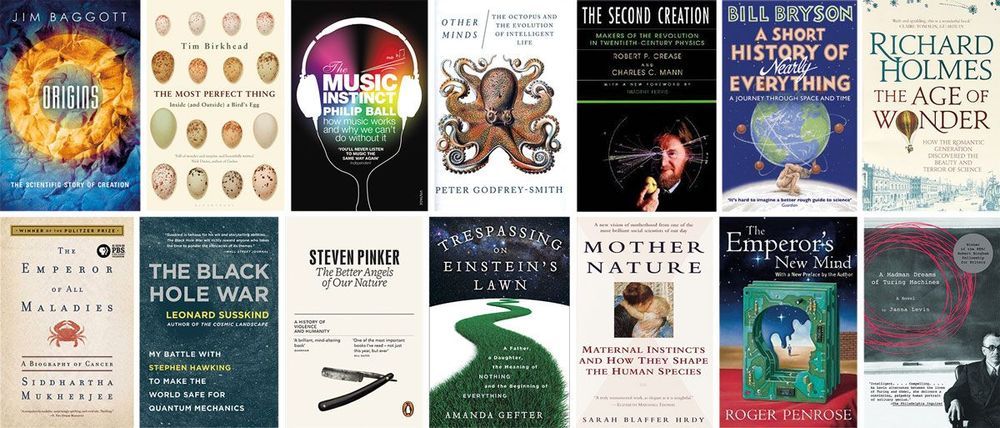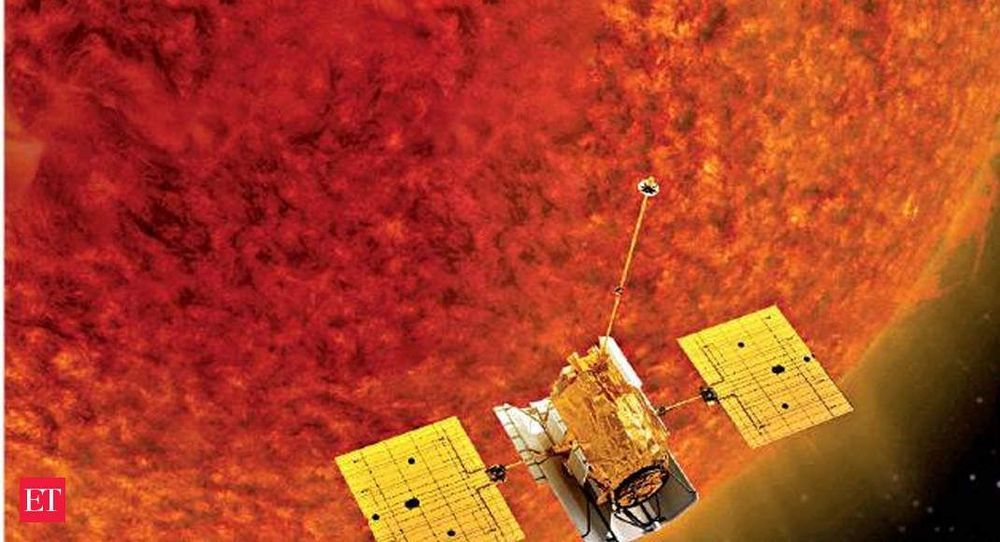Scientists measure precise proton radius to help resolve decade-old puzzle, resulting in York University research that confirms protons are smaller than expected.
York University researchers have made a precise measurement of the size of the proton – a crucial step towards solving a mystery that has preoccupied scientists around the world for the past decade.
Scientists thought they knew the size of the proton, but that changed in 2010 when a team of physicists measured the proton-radius value to be four percent smaller than expected, which confused the scientific community. Since then, the world’s physicists have been scrambling to resolve the proton-radius puzzle – the inconsistency between these two proton-radius values. This puzzle is an important unsolved problem in fundamental physics today.









